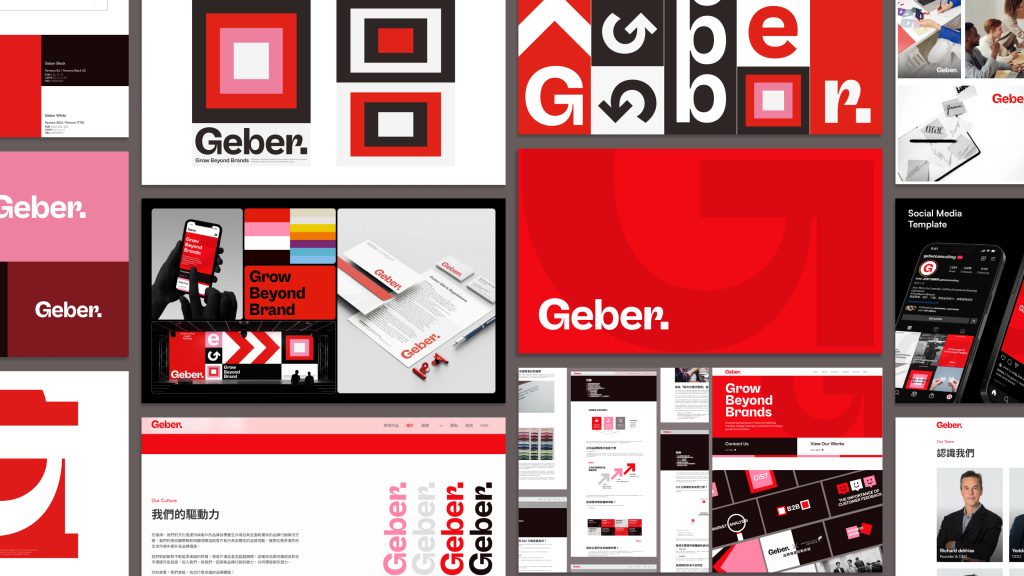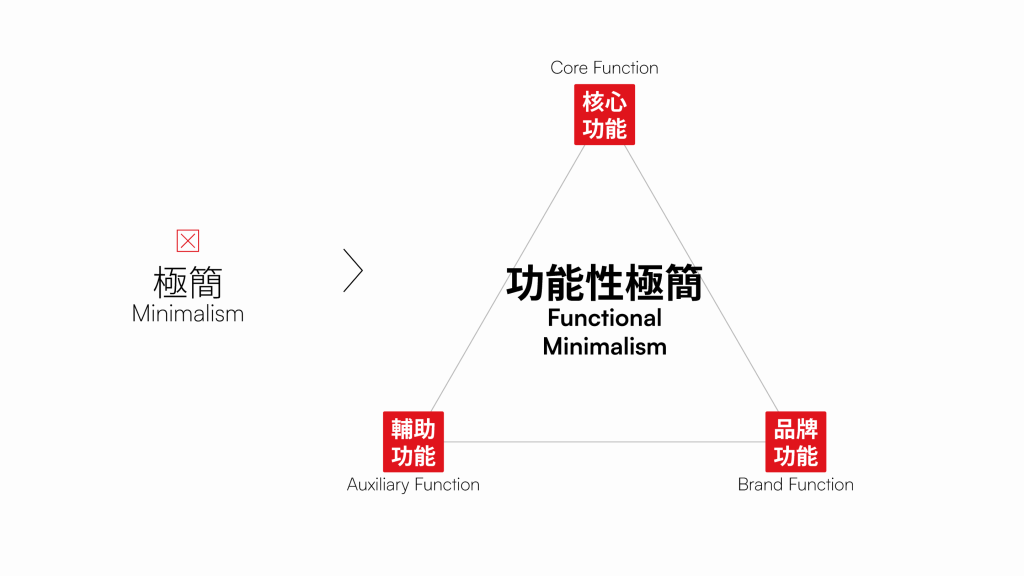In today’s competitive B2B landscape, a brand is more than just a logo; it’s a strategic asset. It’s the foundation of trust, the differentiator in a crowded market, and the key to building lasting relationships. Looking ahead to 2025, B2B buyers are placing an even greater emphasis on suppliers who demonstrate strong values, deliver exceptional experiences, and foster genuine long-term partnerships.
How can you elevate your brand design to not only meet but exceed these expectations? The answer lies in mastering six key trends: Circular Design, Adaptive Branding, Immersive Experiences, Accessible Branding, Functional Minimalism, and Brand Co-creation. Implement these strategies to build an undeniable competitive advantage and forge deeper connections with your B2B customers. Let’s dive in!
1. Sustainability: From Vision to Action for a Credible Brand Image
Sustainability is no longer a buzzword; it’s a core value. For B2B buyers, it signifies responsible risk management, long-term vision, and ethical business practices. Showcase your commitment through demonstrable actions.
- Circular Design: Integrate resource efficiency, waste reduction, and recycling into your product and service design to minimize your environmental footprint. Think cradle-to-cradle, not just cradle-to-grave.
- Supply Chain Transparency: Openly share information about your sourcing, production, and distribution processes. This builds trust and assures buyers you’re committed to ethical and sustainable operations.
- Eco-friendly Production: Invest in energy-saving and carbon-reducing technologies to minimize your environmental impact. Consider renewable energy sources and sustainable manufacturing practices.
- Communication and Reporting: Regularly publish sustainability reports outlining your progress, challenges, and future goals. Show your stakeholders that you’re accountable and committed to continuous improvement.
2. Adaptive Branding: Meeting Your Audience Wherever They Are
B2B companies interact with customers across a multitude of touchpoints – websites, social media, industry events, sales presentations, and more. Adaptive branding ensures your brand remains consistent and recognizable, while also tailoring the message to each specific context.

- Flexible Visual Elements: Develop brand logos, colors, and fonts that can be adjusted for different platforms and uses while maintaining visual consistency.
- Modular Design System: Create reusable design components that can be easily assembled and adapted to create a variety of brand assets quickly and efficiently.
- Digital Brand Guidelines: Digitize your brand guidelines, making them readily accessible to all team members to ensure consistent brand application across all channels.
- Localized Brand Communication: Tailor the language and content of your messaging for different markets and customer segments.
- 策略:Google 以其色彩鮮豔、簡潔易懂的設計風格聞名。Google 旗下的許多產品都採用了類似的設計語言,但也會根據產品的特性進行調整:
- Google Workspace (原 G Suite):使用藍、紅、黃、綠四種顏色代表不同的應用程式 (Gmail、Docs、Sheets、Slides)。
- Google Cloud:強調藍色和白色,營造專業和可靠的形象。
- YouTube:使用紅色和白色,突顯影音娛樂的特性。
以上平台皆保持 Google 的Logo 辨識的一致性,在所有產品和服務中都清晰可見。Google 也會使用相同的字體 (Product Sans) 於各產品線中。
3. Immersive Experiences: Show, Don’t Just Tell
B2B buyers need to thoroughly understand the value of your products or services. Immersive experiences move beyond traditional marketing by allowing customers to actively engage and explore your offerings.
- Interactive Product Demos: Offer online and offline interactive demos that allow customers to experience product features and benefits firsthand.
- Virtual Reality (VR) & Augmented Reality (AR): Leverage VR and AR technologies to create virtual product experiences, enabling customers to “test drive” your solutions from anywhere in the world.
- Customized Content: Deliver personalized content and experiences based on customer needs and interests. Leverage data to understand individual preferences and deliver tailored messaging.
- Data-Driven Personalization: Analyze customer data to provide accurate product recommendations, personalized service, and proactive support.
4. Accessible Branding: Opening Doors to a Wider Audience
Accessible design is not just a best practice; it’s a business imperative. By ensuring that your brand is accessible to everyone, regardless of their physical or cognitive abilities, you expand your potential customer base and enhance your brand reputation.
- Website & Digital Content Accessibility: Adhere to Web Content Accessibility Guidelines (WCAG) to make your website and digital content accessible to all users.
- Clear & Concise Communication: Use simple, jargon-free language and clear visual elements. Avoid complex terminology and ensure your message is easily understood by a broad audience.
- Multilingual Support: Offer multilingual versions of your website and content to cater to a global market.
- Accessible Customer Service: Provide multiple communication channels – phone, email, online chat – to ensure customers can easily reach you.
5. Functional Minimalism: Enhancing Efficiency & Clarity in Branding

Minimalism in B2B branding is not about reducing visual elements—it’s about prioritizing functionality to enhance clarity and efficiency. Every design choice should serve a purpose, ensuring that the brand communicates effectively while maintaining usability.
Key strategies:
- Core Functionality: Essential brand elements that define user experience (e.g., intuitive SaaS navigation).
- Auxiliary Features: Value-added elements like AI-powered recommendations or advanced search tools that improve usability but aren’t critical.
- Brand Elements: Consistent identity markers, such as typography and colors, reinforcing brand recall.
Case Study: Apple, Notion, & Slack
- Apple: Maintains a seamless UX by keeping essential features while eliminating unnecessary clutter.
- Notion: Provides a clean, intuitive interface while allowing deep customization for different workflows.
- Slack: Focuses on streamlined communication, reducing distractions while optimizing collaboration.
Functional minimalism ensures brands communicate effectively while enhancing the user experience in competitive markets.
6. Brand Co-creation: Building Long-Term Partnerships

B2B success hinges on building long-term, collaborative relationships. Brand co-creation involves actively engaging customers in the design, development, and marketing of your products and services.
- Customer Involvement in Product Design: Invite customers to participate in the product design and development process, gaining valuable insights into their needs and expectations.
- Building Customer Communities: Establish online or offline communities where customers can connect, share experiences, and provide feedback.
- Co-Marketing Initiatives: Partner with customers on joint marketing campaigns to expand reach and build brand awareness.
- Building Long-term Partnerships: Treat your customers as true partners, exploring new opportunities and markets together.
As we head into 2025, strategic brand design is seriously going to be a game-changer. Master those six key strategies – Sustainability, Adaptive Branding, Immersive Experiences, Accessible Branding, Functional Minimalism, and Brand Co-creation – and you’ll really set your company apart and build some awesome connections with your customers.
Is your brand ready for the future? Let Geber’s team help you craft a winning brand strategy today!



Brand-vs.-Project-Management-1-768x432.png)



